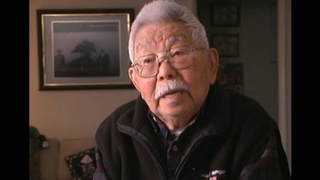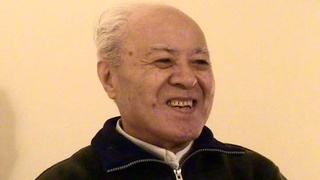Interviews
Difference Between Past Immigrants and Today’s Immigrants (Japanese)
(Japanese) Well, in our time, Japan had already recovered to some degree. In the old days, Japan’s primary focus was silk production. In other words, the production of non-essential items. It wasn’t the production of necessities. The country producing necessities was Germany. Medicine, for example. That kind of country doesn’t collapse. However, when it comes to production of non-essentials, when people say they don’t want them anymore, it’s over. That kind of country quickly becomes poor. In the Russo-Japanese War, if America and others hadn’t stepped in, Japan would have gone bankrupt.
When Japan was that type of country, the thing supporting Japan was, in fact, people who went overseas and sent foreign currency back to Japan. That saved the country. That’s the way it was back then. In our time, Japan was by then doing OK so we could leave. For example, our parents were rich. Not actually rich, but they were responsible and doing well, so we were able to go overseas and do what we wanted. People from the past sent remittances to Japan. That was admirable. As for us, we just lived the way we wanted. We were so irreverent. The previous generation did so much for Japan. That’s a clear difference.
Date: April 18, 2007
Location: Lima, Peru
Interviewer: Ann Kaneko
Contributed by: Watase Media Arts Center, Japanese American National Museum
Explore More Videos

Choice to move east or go to Japan
(b.1920) Japanese Canadian Nisei. Established the Ikenobo Ikebana Society of Toronto

Coming to America
(b.1943) Shin-issei grand master of taiko; founded San Francisco Taiko Dojo in 1968.

The reason for coming to Japan
(b. 1967) Hawai`i-born professional fighter in Japan

Reason to come back to Canada in 1954
(b. 1922) Canadian Nisei who was unable to return to Canada from Japan until 1952

Interest in Japanese migration studies (Japanese)
Tsuda College President, researcher of Nikkei history

History of her family's immigration (Spanish)
(b. 1969) Former president of Centro Nikkei Argentino.

Moving to and living in Japan
Japanese American Creative designer living in Japan

The reason to stay in Japan after his third year
Japanese American Creative designer living in Japan

Growing up with some Japanese families (Spanish)
(b. 1950) Nisei Chilean, Businessman

Avoiding the Japanese military
(1914-2004) Nisei Bonsai master in the United States



Decided to leave Japan to Argentina (Spanish)
(1925-2014) La Plata Hochi, Journalist

Tango makes him to stay in Argentina (Spanish)
(1925-2014) La Plata Hochi, Journalist

